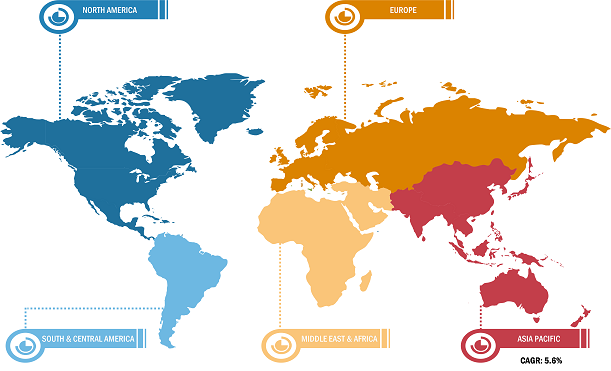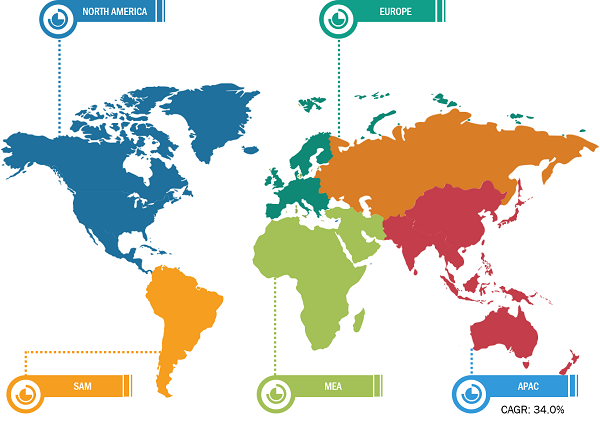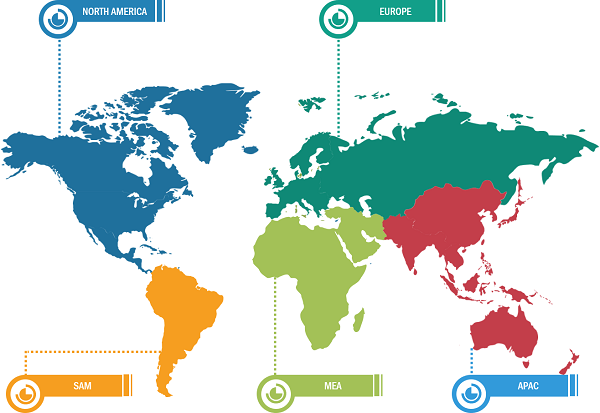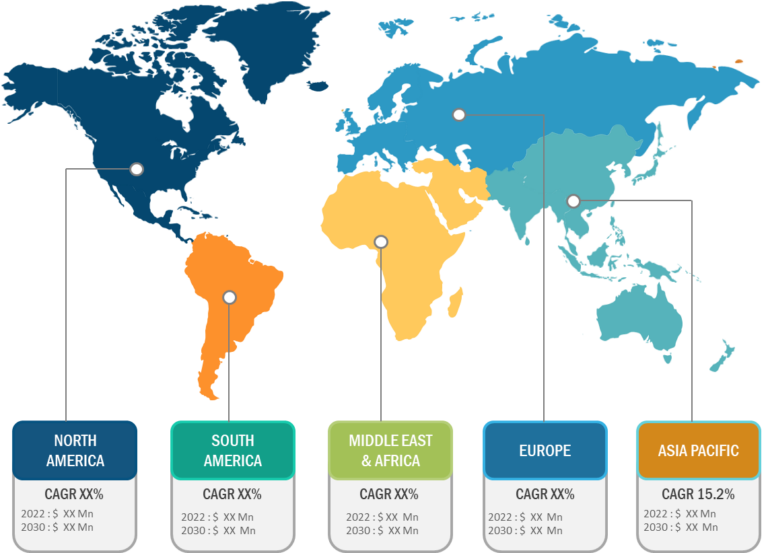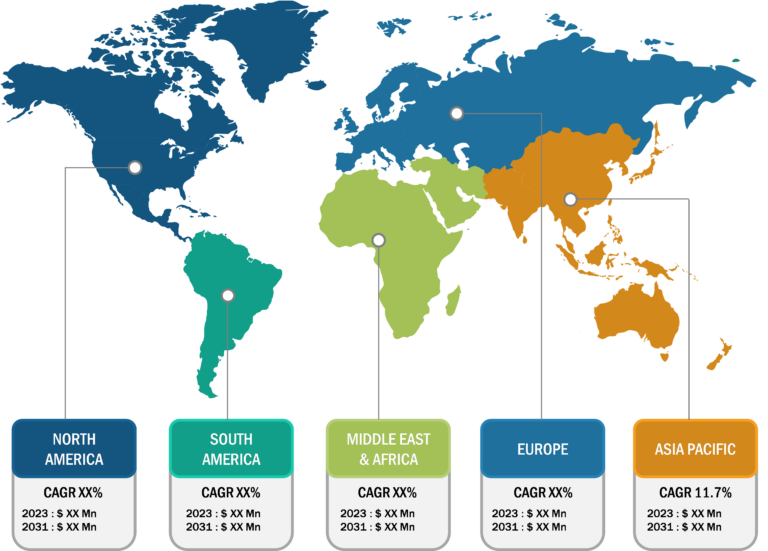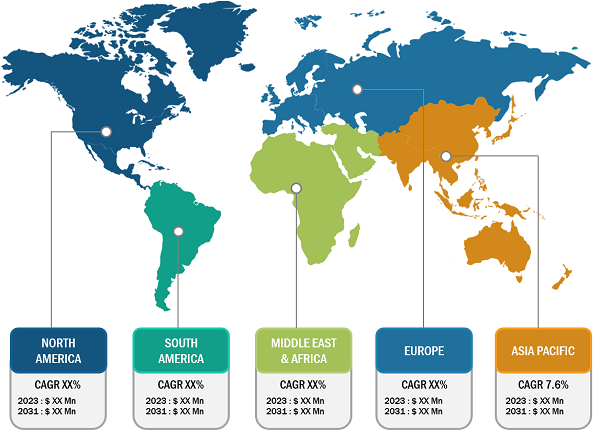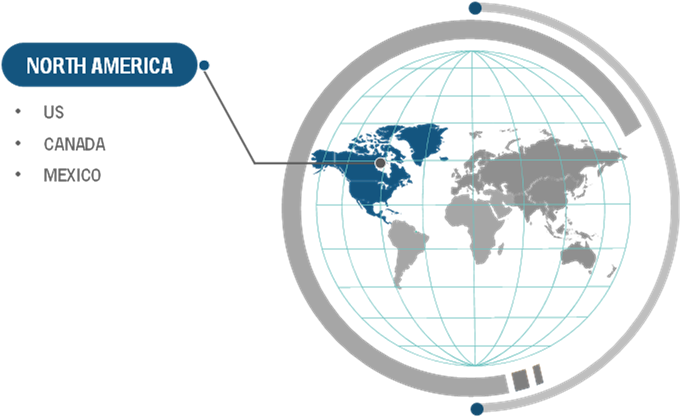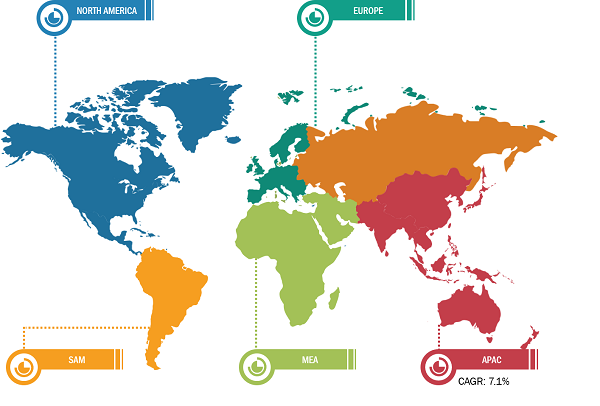
One-Component Polyurethane Foam Market
The construction industry stands as a pivotal force propelling the demand for polyurethane foam. With rapid urbanization and infrastructure development worldwide, there is an escalating need for efficient insulation materials to enhance energy efficiency and reduce carbon footprint in buildings. For instance, under the Sustainable Development Goals 2030, the Asian Development Bank announced its plans to build resilient infrastructure, promote inclusive and sustainable industrialization, and foster innovation in Asia Pacific. Infrastructure development has been a focal point for many governments across Asia Pacific. Investments in large-scale projects, such as transportation networks, energy facilities, and public amenities, have driven demand for construction materials. Further, the automotive industry is significantly driving the growth of the one-component polyurethane foam market in Asia Pacific. As the region continues to witness an increase in automobile production and sales, there is an increasing demand for vehicles equipped with advanced soundproofing and vibration-damping features. According to the International OICA, Asia-Oceania’s vehicle production increased from 50 million in 2022 to 55.1 million in 2023. Polyurethane foam is extensively utilized in automotive interiors and exteriors to enhance comfort levels and minimize noise, contributing to an enhanced driving experience for consumers across diverse markets. Thus, all these factors are propelling the growth of the one-component polyurethane foam market in Asia Pacific.
North America held the second major share of the global one-component polyurethane foam market in 2023; the expanding automotive industry largely drives the market in the region. Passenger vehicles are the most common mode of transportation in North America, and their use is increasing with the rise in per capita income. According to the Organisation Internationale des Constructeurs d’Automobiles (OICA), vehicle production in North America increased by 20%, from ~14.8 million in 2022 to 16.2 million vehicles in 2023. According to a report released by the US Census Bureau, the value of total construction (private and public) investment in 2023 was US$ 1,978.7 billion, a 7% increase from investments in 2022 of US$ 1,848.7 billion.
The one-component polyurethane foam market in the US is growing at a substantial pace owing to the progress of the construction industry and the presence of several prominent automotive manufacturers. The demand for automobiles is exceptionally high in the country. The US economy is flooded with automobile manufacturing and assembly units of a few major global and regional manufacturers. According to the OICA, commercial vehicle production in the US increased from 10.1 million in 2022 to 10.6 million vehicles in 2023, nearly 16% higher than in 2022. In addition, the US is witnessing a significant rise in the demand for electric vehicles. According to a 2022 report by the International Energy Agency, the sales of electric cars in the country doubled (6.6 million units) in 2021 compared to 2020; the share of electric vehicles in total vehicle sales increased by 4.5%. Thus, the ongoing proliferation of construction and automotive industries is expected to positively benefit the one-component polyurethane foam market in the country.

One-Component Polyurethane Foam Market: Segmental Overview
Based on raw material, the one-component polyurethane foam market is segmented into methylene diphenyl diisocyanate, toluene diisocyanate, polyether polyols, polyester polyols, and others. In 2023, the polyether polyols segment held the largest market share and is expected to register the highest CAGR from 2023 to 2031. Polyether polyols provide one-component polyurethane foam with excellent moisture resistance, low viscosity, and high reactivity, which are crucial for achieving uniform foam expansion and curing. These properties make one-component polyurethane foam highly effective for applications in construction, such as sealing and insulating buildings, where durability and consistent performance are essential. Additionally, polyether polyols contribute to the foam’s thermal and acoustic insulation capabilities, enhancing energy efficiency and comfort in buildings. The inherent chemical stability of polyether polyols ensures the long-term performance and reliability of the foam, even under varying environmental conditions.
By application, the one-component polyurethane foam market is categorized into construction, insulation, packaging, automotive, and others. In 2023, the construction subsegment held the largest share in the market. One-component polyurethane foam is commonly used for sealing and insulating purposes, making it an essential material for improving energy efficiency and structural integrity in buildings. When applied, the foam expands and hardens upon contact with moisture in the air, filling gaps, cracks, and cavities effectively. This property makes it ideal for sealing around windows and doors. Additionally, one-component polyurethane foam is used to seal penetrations through walls, floors, and ceilings, thereby enhancing overall sealing. Its strong adhesive properties enable it to bond with a variety of building materials, including wood, concrete, metal, and glass, providing a durable seal that resists moisture, air infiltration, and pests. One-component polyurethane foam is also employed in roofing applications to seal joints and seams, preventing water leakage and enhancing the building’s weather resistance. Furthermore, it is used in the installation of prefabricated building components, providing structural support and additional insulation. The ease of application with handheld cans or specialized applicators allows for precise and efficient usage, making it a convenient choice for both professional builders and DIY enthusiasts.
In terms of end use, the one-component polyurethane foam market is bifurcated into residential and commercial. In 2023, the commercial segment held a larger share of the market. One-component polyurethane foam is commonly employed in sealing joints around windows and doors, filling gaps around plumbing and electrical penetrations, and insulating HVAC ducts. Its ability to adhere to a wide range of substrates, including wood, metal, concrete, and masonry, makes it a go-to solution for sealing and insulating in both new construction and renovation projects. Moreover, its moisture resistance and durability ensure long-term performance, reducing the risk of air leakage, moisture infiltration, and thermal bridging, thereby contributing to the overall sustainability and longevity of commercial structures. In commercial construction, one-component polyurethane foam helps improve the fire safety of buildings by providing a barrier that restricts the spread of flames and smoke. This is particularly important in high-rise buildings, industrial facilities, and other structures where fire protection is a critical concern.
One-Component Polyurethane Foam Market: Competitive Landscape
Henkel AG & Co KGaA; Sika AG; The Dow Chemical Co; BASF SE; Huntsman Corp; Industrial Products LTD.; Selena Group; BOSTIK BENELUX B.V. (Den Braven); Tremco CPG Inc; and Soudal Group are among the key players operating in the global one-component polyurethane foam market. Players operating in the market focus on providing high-quality products to fulfill customer demand.

